Introduction
Butte Valley National, located in the stunning landscapes of northern California, is a region rich in biodiversity, cultural heritage, and ecological importance. Encompassing a variety of ecosystems, including wetlands, grasslands, and mountainous terrains, Butte Valley serves as a critical habitat for numerous plant and animal species. Its unique geography and climate contribute to its status as a vital ecological area, making it a focal point for conservation efforts and environmental education.
This article delves into the multifaceted aspects of Butte Valley National, focusing on its ecological significance, the various habitats found within the region, the challenges it faces from human activities and climate change, and ongoing conservation initiatives aimed at preserving this invaluable landscape. By understanding the importance of Butte Valley National, we can foster a greater appreciation for its natural beauty and the need for sustainable practices to protect it.
1. Geographic and Ecological Overview of Butte Valley National
Butte Valley National is characterized by its diverse topography and climate, which play significant roles in shaping its ecosystems. Understanding its geographical features is essential for grasping its ecological significance.
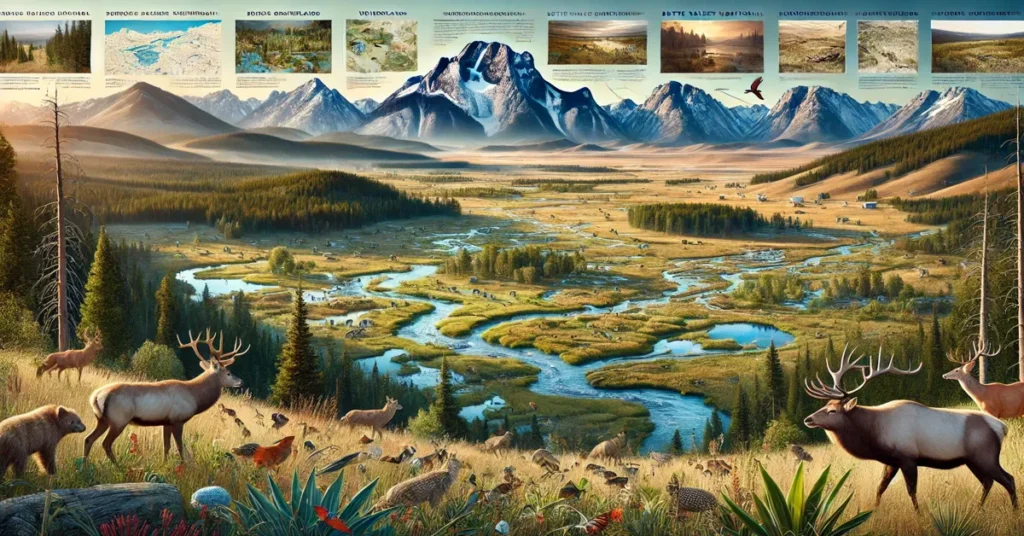
1.1. Geographic Features
- Location: Butte Valley National is situated in northern California, bordered by the majestic Sierra Nevada mountains to the east and the Cascade Range to the north. The valley itself is an expansive lowland area that provides unique habitats for a variety of species.
- Elevation: The elevation of Butte Valley ranges from about 4,500 to 6,000 feet above sea level. This variation in elevation contributes to diverse microclimates and ecosystems within the region.
- Climate: The climate of Butte Valley is characterized by hot, dry summers and cold, snowy winters. Precipitation levels vary, with most moisture occurring during the winter months. These climatic conditions significantly influence the types of vegetation and wildlife found in the area.
1.2. Ecosystems within Butte Valley National
The rich biodiversity of Butte Valley National is due in part to the variety of ecosystems present in the region.
- Wetlands: Butte Valley features several wetland areas that serve as critical habitats for migratory birds and other wildlife. These wetlands filter pollutants, provide flood control, and support diverse plant life.
- Grasslands: The valley is also home to expansive grasslands that support a variety of herbaceous plants and grazing animals. These grasslands are important for maintaining soil health and providing habitat for numerous species.
- Forests and Woodlands: Surrounding the valley are forests and woodlands that host diverse flora and fauna. These areas provide critical shelter for wildlife and contribute to the region’s ecological health.
2. Biodiversity in Butte Valley National
The rich biodiversity of Butte Valley National is one of its most significant attributes. The region supports a wide array of plant and animal species, many of which are endemic or of special concern.

2.1. Flora of Butte Valley National
The plant life in Butte Valley is diverse and adapted to the varying climatic conditions.
- Wetland Vegetation: In the wetland areas, species such as cattails, bulrushes, and various sedges thrive. These plants provide essential habitat for wildlife and contribute to water quality by filtering pollutants.
- Grassland Species: The grasslands are characterized by native grasses and wildflowers, such as blue bunchgrass and California poppy. These plants are adapted to the region’s seasonal droughts and provide food and habitat for many herbivores.
- Forest Flora: The forested areas contain coniferous trees like pine and fir, alongside a variety of understory shrubs and herbaceous plants. This diversity supports a range of wildlife, including birds, mammals, and insects.
2.2. Fauna of Butte Valley National
Butte Valley is home to a wide variety of animal species, contributing to its ecological richness.
- Birdlife: The wetlands of Butte Valley are crucial for migratory birds, providing nesting and feeding grounds. Species such as the American avocet and western meadowlark can be commonly seen. Additionally, the area serves as a habitat for raptors, including hawks and owls.
- Mammals: Various mammals inhabit the region, including deer, coyotes, and smaller mammals like rabbits and rodents. The diverse habitats support a complex food web and contribute to the overall health of the ecosystem.
- Reptiles and Amphibians: Butte Valley’s wetlands and grasslands are also home to numerous reptile and amphibian species, such as frogs, toads, and snakes. These animals play vital roles in maintaining ecological balance.
3. Ecological Importance of Butte Valley National
Butte Valley National serves several crucial ecological functions that benefit both the environment and local communities.
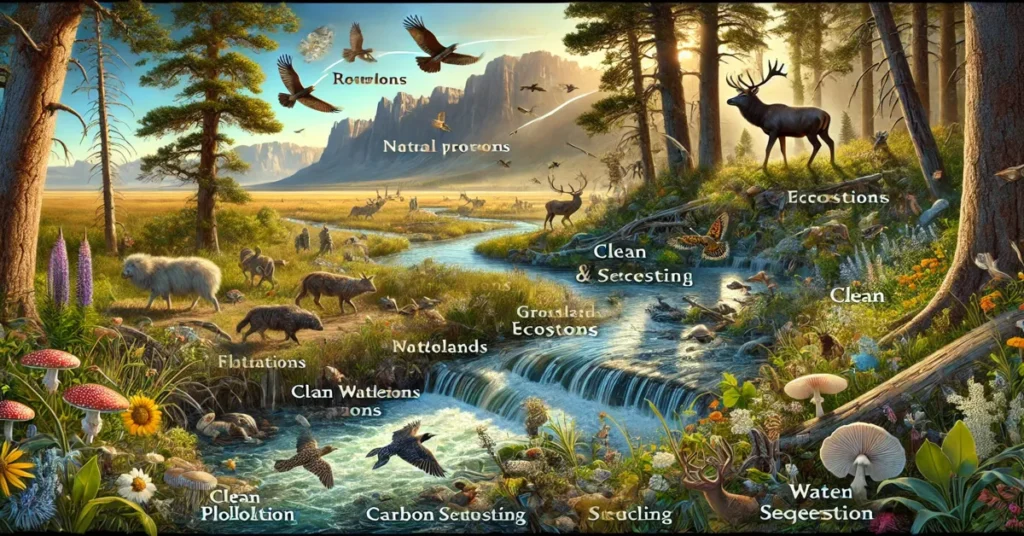
3.1. Water Filtration and Quality
Wetlands within Butte Valley play a vital role in water filtration and quality improvement.
- Natural Filtration: Wetlands filter pollutants and sediments from water, improving water quality and reducing the impacts of runoff. This process is essential for maintaining healthy aquatic ecosystems and protecting drinking water sources.
- Flood Control: Wetlands act as natural buffers against flooding, absorbing excess water during heavy rainfall and releasing it slowly. This function helps to mitigate flood risks for surrounding communities and ecosystems.
3.2. Carbon Sequestration
The ecosystems within Butte Valley National contribute to carbon sequestration, helping to mitigate climate change.
- Carbon Storage: Forests and wetlands store significant amounts of carbon dioxide, reducing greenhouse gas concentrations in the atmosphere. Protecting these areas is critical for enhancing their role in climate regulation.
- Soil Health: Healthy soils in grasslands and wetlands store carbon and nutrients, supporting biodiversity and ecosystem resilience. Soil conservation practices are vital for maintaining these functions.
3.3. Biodiversity Support
Butte Valley’s diverse ecosystems support a rich array of species, contributing to global biodiversity.
- Habitat Connectivity: The interconnectedness of different habitats within Butte Valley enhances ecological resilience, allowing species to move and adapt in response to environmental changes. Maintaining habitat connectivity is crucial for preserving biodiversity.
- Endangered Species Protection: Some species in Butte Valley may be threatened or endangered. Conserving their habitats helps protect these vulnerable populations and ensures the continuation of their ecological roles.
4. Challenges Facing Butte Valley National
Despite its ecological significance, Butte Valley National faces several challenges that threaten its ecosystems and biodiversity. Understanding these challenges is essential for effective conservation.
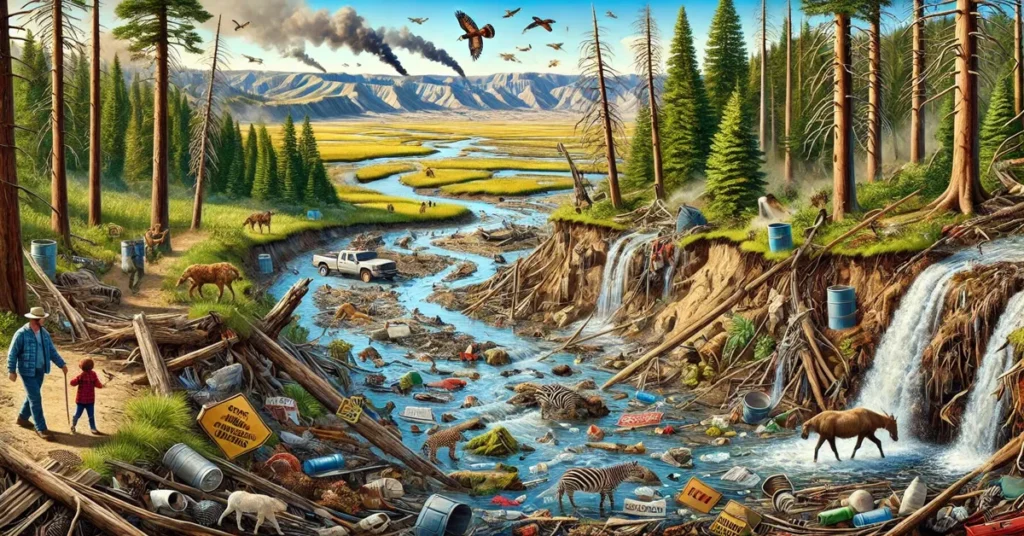
4.1. Human Impact
Human activities have a profound impact on the health of Butte Valley National.
- Urban Development: The expansion of urban areas and infrastructure can lead to habitat loss, fragmentation, and pollution. Urban encroachment disrupts the natural balance of ecosystems and threatens local wildlife.
- Agricultural Practices: Intensive agricultural practices can result in nutrient runoff, pesticide use, and habitat destruction. These activities can degrade water quality and disrupt local ecosystems.
4.2. Climate Change
Climate change poses significant challenges to the ecological health of Butte Valley National.
- Temperature Increases: Rising temperatures can alter the distribution of plant and animal species, impacting the ecological balance of the region. Some species may struggle to adapt to changing conditions, leading to population declines.
- Altered Precipitation Patterns: Changes in rainfall patterns can affect water availability for wetlands and other ecosystems, impacting biodiversity and habitat health.
4.3. Invasive Species
The introduction of invasive species can threaten the native flora and fauna of Butte Valley National.
- Competition for Resources: Invasive species often outcompete native plants for resources such as light, water, and nutrients. This competition can lead to declines in native biodiversity and disrupt local ecosystems.
- Altered Ecosystem Dynamics: Invasive species can change the structure and function of ecosystems, impacting food webs and nutrient cycling.
5. Conservation Efforts in Butte Valley National
To address the challenges facing Butte Valley National, various conservation efforts have been implemented to protect its ecosystems and biodiversity.
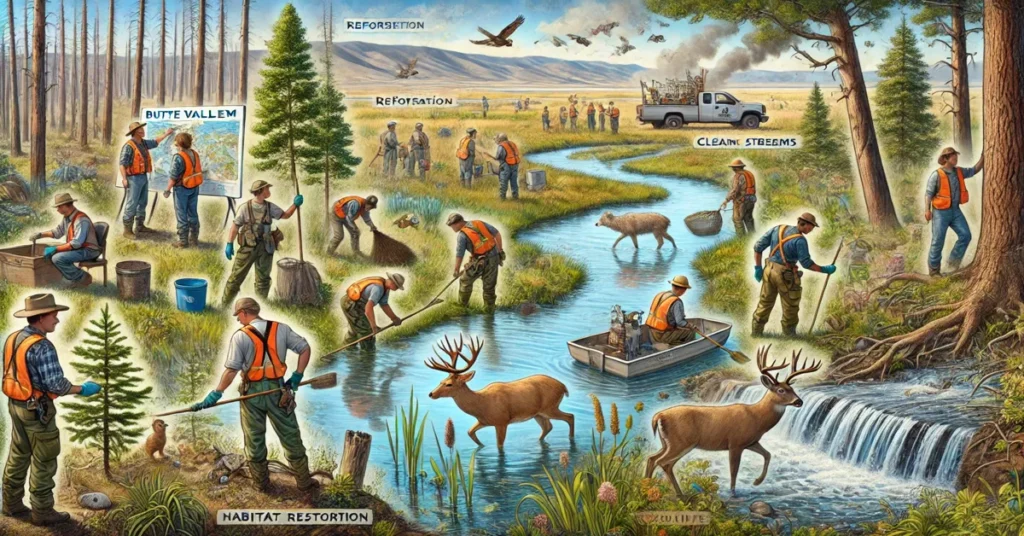
5.1. Habitat Restoration
Restoration projects aim to rehabilitate degraded habitats and enhance ecosystem health.
- Wetland Restoration: Efforts to restore wetlands can improve water quality, enhance habitat for wildlife, and increase resilience to climate change. These projects often involve re-establishing native plant communities and improving hydrology.
- Invasive Species Management: Programs to manage and control invasive species are essential for protecting native biodiversity. This may involve removing invasive plants, implementing monitoring programs, and restoring native vegetation.
5.2. Sustainable Land Management
Promoting sustainable land management practices is crucial for minimizing human impacts on Butte Valley National.
- Agricultural Best Practices: Encouraging sustainable agricultural practices, such as organic farming and integrated pest management, can help reduce nutrient runoff and pollution while supporting local economies.
- Land Use Planning: Effective land use planning that prioritizes conservation can help balance development and environmental protection. Zoning regulations can help preserve critical habitats and minimize impacts on ecosystems.
5.3. Community Engagement
Community involvement is vital for the success of conservation efforts in Butte Valley National.
- Education and Outreach: Educational programs that raise awareness about the ecological significance of Butte Valley can inspire community members to participate in conservation initiatives. Workshops, nature walks, and school programs can foster a sense of stewardship.
- Volunteer Opportunities: Engaging local residents in volunteer programs, such as habitat restoration and clean-up events, can help build community connections and promote active participation in conservation.
6. The Role of Policy and Governance
Effective policy and governance are essential for the conservation and protection of Butte Valley National.
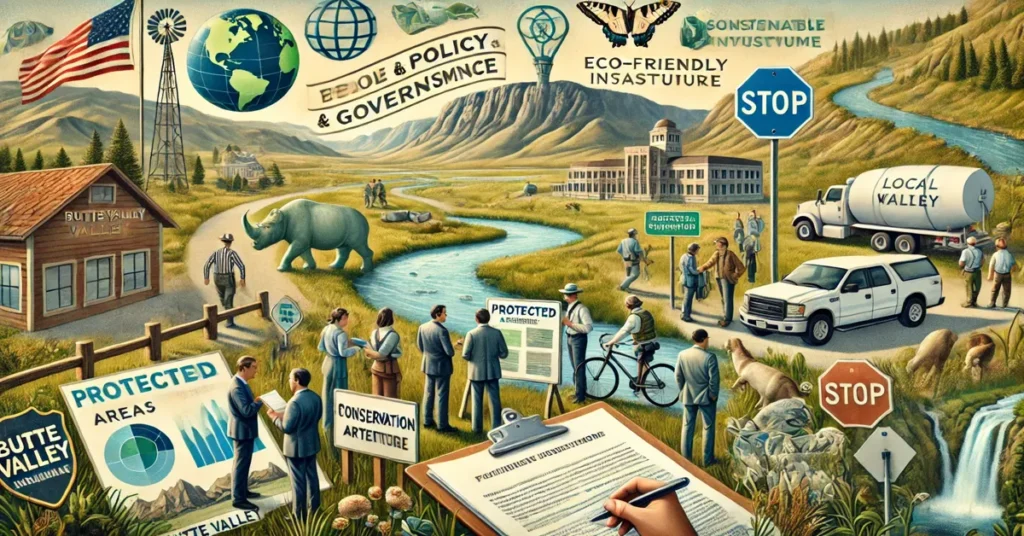
6.1. Regulatory Frameworks
Establishing regulatory frameworks to protect water quality, habitat, and biodiversity is crucial.
- Environmental Regulations: Implementing strict environmental regulations can help safeguard
natural resources in Butte Valley National. Regulations governing land use, pollution control, and habitat protection can ensure that ecosystems remain healthy and resilient.
- Wildlife Protection Laws: Enforcing laws that protect endangered and threatened species is vital for maintaining biodiversity. These laws can provide a framework for the recovery of vulnerable populations and their habitats.
6.2. Collaborative Governance
Collaborative governance approaches that involve multiple stakeholders can enhance conservation efforts in Butte Valley National.
- Partnerships: Collaboration between government agencies, non-profit organizations, local communities, and researchers can lead to more effective conservation strategies. By pooling resources and expertise, stakeholders can address complex environmental challenges more efficiently.
- Integrated Management Plans: Developing integrated management plans that consider the interconnections between land, water, and biodiversity can improve the sustainability of Butte Valley National. These plans should involve community input and adaptive management strategies that respond to changing conditions.
8. Conclusion: The Importance of Protecting Butte Valley National
Butte Valley National is a treasure trove of biodiversity and ecological significance. Its rich landscapes provide critical habitats for countless species and contribute to the health of regional ecosystems. As we face increasing environmental challenges, the need to protect and conserve this vital area has never been more urgent.
By understanding the ecological importance of Butte Valley National and the threats it faces, we can take informed actions to ensure its preservation for future generations. Through collaboration, sustainable practices, and community engagement, we can foster a culture of stewardship that recognizes the value of Butte Valley National and its contributions to our natural world.
Let us commit to protecting this remarkable landscape and the intricate web of life it supports. By prioritizing conservation efforts and embracing sustainable practices, we can ensure that Butte Valley National remains a vibrant and thriving ecosystem for generations to come.
Read More: Dragon’s Teeth Maui: The Environmental Niche of a Geological Wonder

